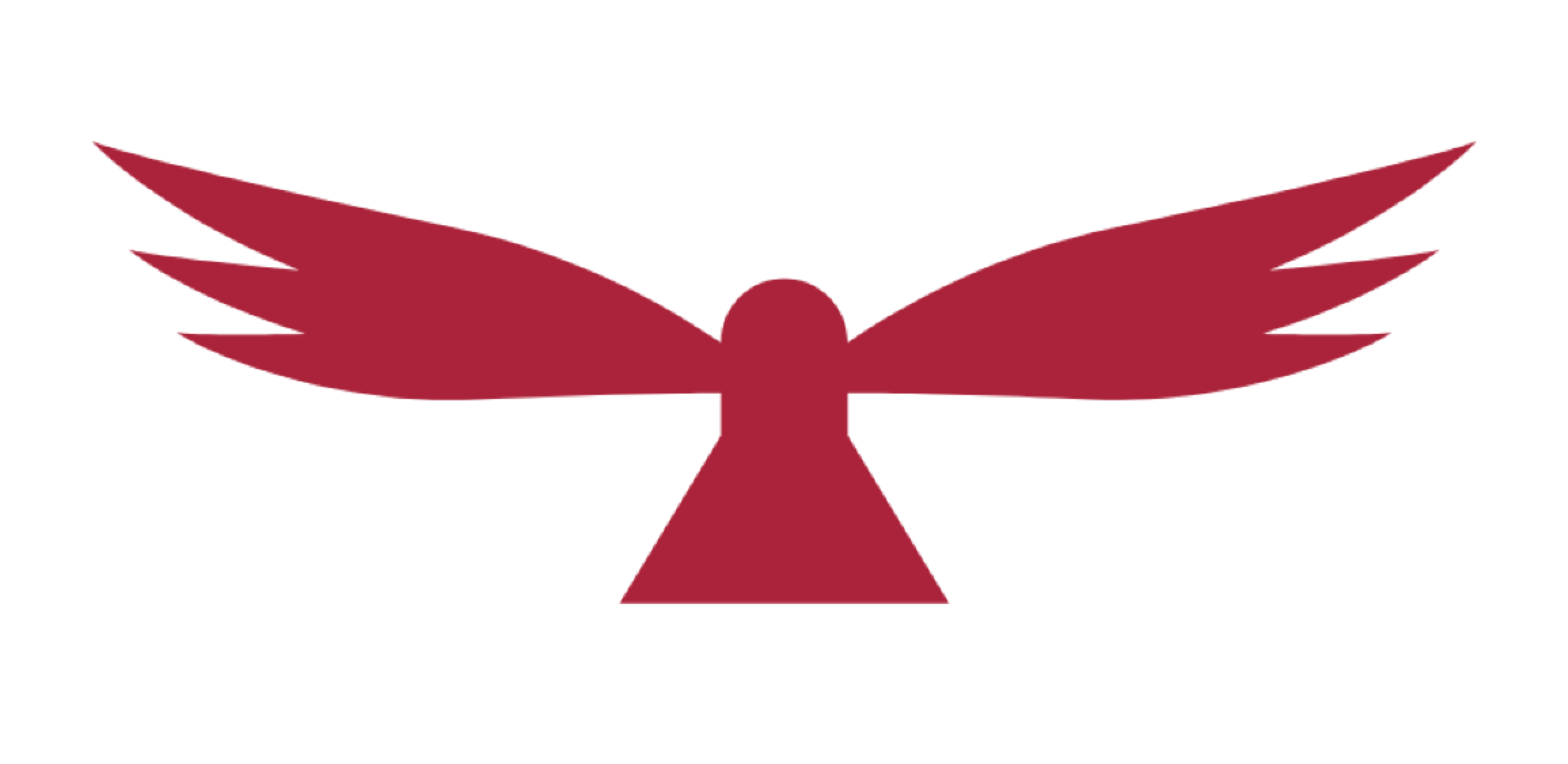Case Studies
Product management has the responsibility to identify, categorize, describe, and launch new products and features. However, because there are always more opportunities than there are resources to develop them, product management has to make good choices about those products and features, or the entire organization won’t be able to reach its goals and targets. But making those choices isn’t easy.
In revenue-driven and many small organizations, the sales and executive teams tell the product team what to develop. This sometimes leads to short-term sales wins, but only rarely does this strategy achieve long-term growth and market leadership. The other approach is for the product management team to develop a method of ranking the opportunities so that the organization can scale better and use their scarce development resources for best effect.
Study: Hardware
RedHawk Consultants LLC was called in by a US division of an international corporation to evaluate their product portfolio and roadmap for the semiconductor manufacturing equipment industry. Their current project was planned to be sold to a single US customer, but the technical barriers were high and planned revenue (even if the order materialized) would likely have been less than $250,000 USD. But we looked at the more general market and realized that not only was that market much larger, but it also had far fewer technical hurdles to overcome. Some of the business factors we evaluated were:
- Overall market size by application.
- Infrastructure of existing team (production/test equipment, supply chain, staff knowledge, etc).
- Competitive product offerings and capabilities.
- Overall return on investment.
Some of the key conclusions of the analysis were:
Positive
- The worldwide market for the general product was found to be well over $200 million USD, far in excess of the single customer’s likely revenue of $250,000 USD. RedHawk estimated that with the right investments, the division could achieve more than $30 million in worldwide sales, providing a positive ROI over the forecasted five-year period.
- The existing product’s performance specifications would meet many current applications within the semiconductor manufacturing equipment market.
Neutral
- The existing operational infrastructure was suitable for the forecasted production rates over the next five years, but detailed processes and audits were needed to ensure highest possible product quality.
Negative
- The division did not have the product sales, support, or service infrastructure in place anywhere but the US, and the semiconductor manufacturing equipment industry operates not only in the US, but also in many European and Asian nations. This would require a substantial investment in time, people, and capital.
The Decision: Develop the product
The senior management team agreed with this decision, and RedHawk performed months of customer research to identify the major problems that needed to be solved. This resulted in the development of a multi-year product roadmap for the division to follow, and the Functional Requirements Document (FRD) that the technical and operations team used to develop the product. We then served as the product management and customer voices on the development team throughout the process, and worked with the Sales team to identify customers suitable for long-term testing of prototype devices. This resulted in long-term testing at several major customers that is still ongoing.
Study: Software
RedHawk Consultants was asked by a software client to evaluate a new product that one of their executives heard about at a trade conference and wanted to pursue. The company didn’t have a lot of development resources available, so the CEO wanted to make that this would be a good business investment.
As with all such projects, we first looked at the available market for the product, followed by an evaluation of the existing competitors and their products. We then brought in the technical team to estimate how long they would need to build the specified products, and we identified some special requirements that were unique to this particular market.
The highlights of that evaluation were:
Positive
- The new product would open up a completely new market that the company had never served before. This would broaden the organization’s reach into its third major market, which the VP of Sales wanted.
Neutral
- Even though the product would be used professionally, the typical user was overwhelmingly likely to purchase the product on their own because their employers would not pay for it. That would require a completely new e-commerce website.
Negative
- There were at least five much larger competitors offering similar products, and all of them had been in the business for a minimum of three years.
- There were many suppliers and price competition in the market was very high, driving prices down into the sub-$40 range. That meant that the new product would likely never exceed $200,000 USD in annual revenue.
- The development costs, including the e-commerce website, were estimated to be approximately $400,000 USD.
The Decision: RedHawk recommended not to pursue this product opportunity.
This opportunity actually had a negative return on investment, and based on that evaluation, the CEO decided to kill the program. It reinforced what we had been telling them for some time: just because one or two customers (or internal executives) say they want something, that doesn’t mean that such a
product or feature is actually a good business investment. In fact, over time, we have said “No” to far more product proposals than we have agreed to support. Ultimately, if a new product or feature doesn’t offer strong business benefits, then it isn’t a good option to pursue.

